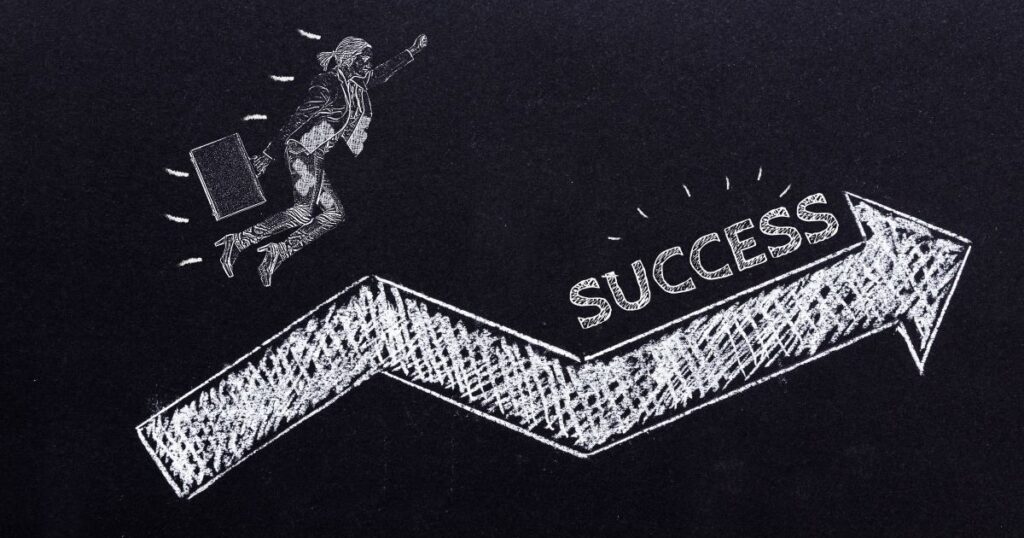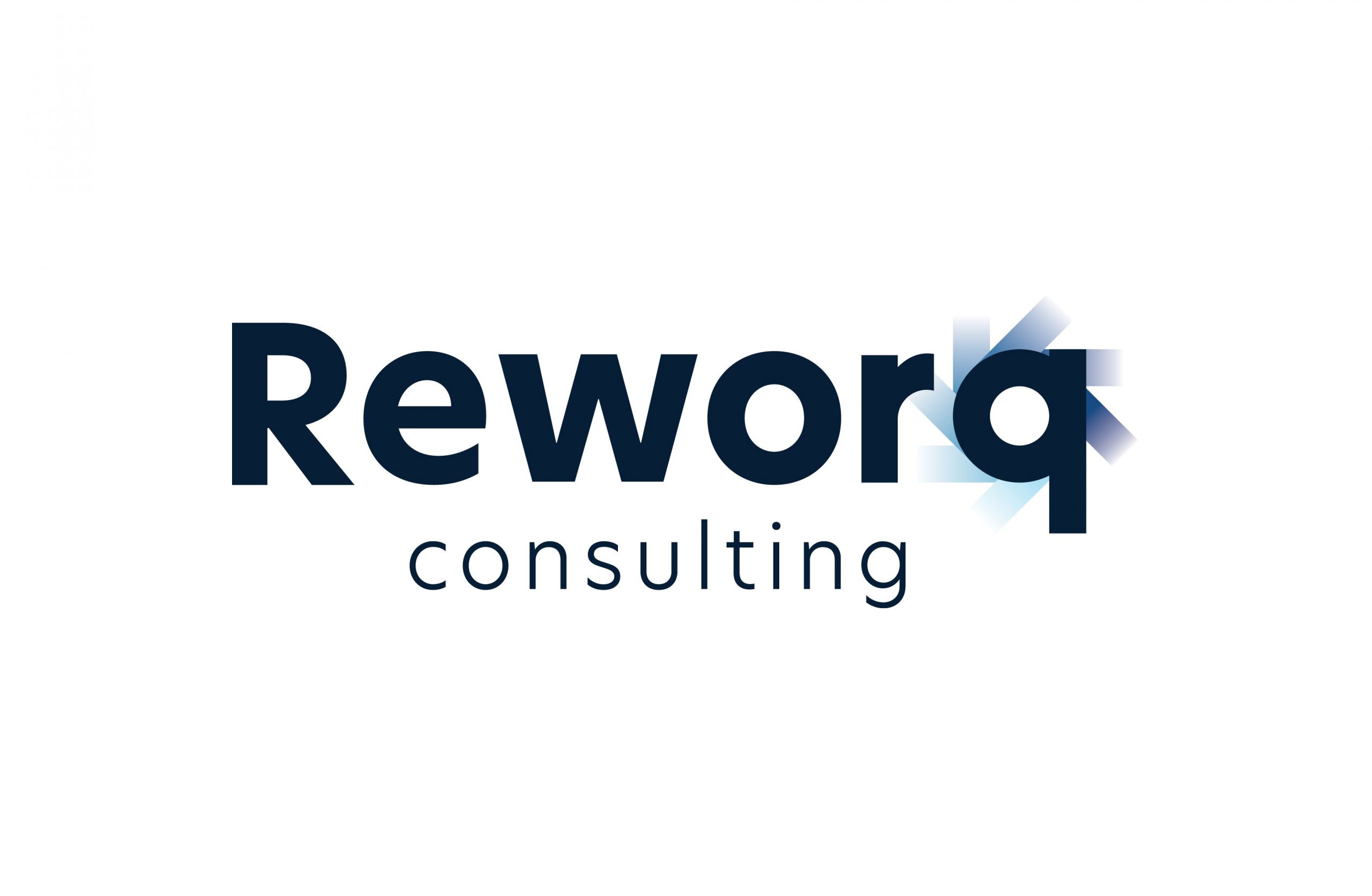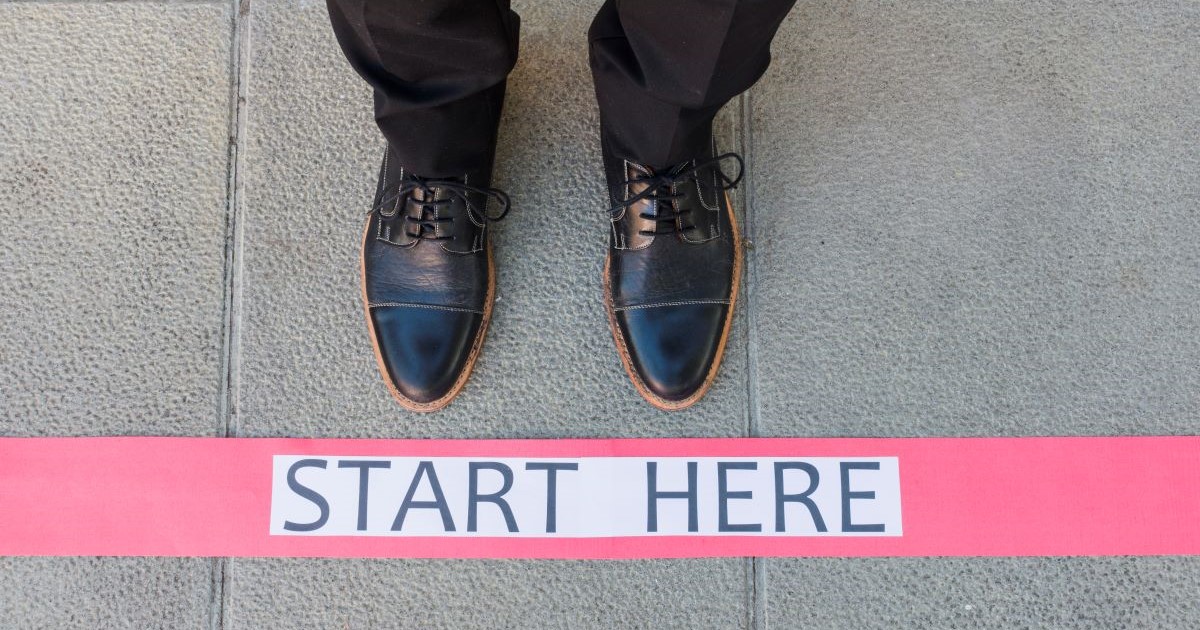Navigating through organisational change is a multi-step process and is a complex aspect of Change Management. Change is constant and must be embraced, but learning to accept change is a critical factor for success in today’s modern workplace. Hence, organisations are more likely to succeed in their Organisational Change Management (OCM) strategy when they plan change initiatives and engage employees before, during, and after the change process has been implemented.
Change is viewed as the foundation for organisational change and development, but most employees prefer the “status quo” over any transformational change. By driving cultural change, your Executive Management Team or Senior Managers must lead their people with the reason for the change, often working against long-standing habits, values, and beliefs. With the availability of various Change Management models, this is designed to help organisations navigate through transitional phases and guide team members towards adapting to new change – and allowing businesses to maximise the Return-On-Investment (ROI).
Change behaviour – how humans accept, embrace, and perform change – is the core element of modern-day Change Management. Developing adaptability to change, also known as “change agility”, means viewing change as an ongoing opportunity, rather than a threat or liability. To successfully facilitate organisation-wide change and to help Managers lead their teams through change, there is a secure path forward and that is by employing an approach like Kurt Lewin’s 3-Stage Model of Change Management.
What is the background to the 3-Stage Model of Change Management?
The concept of Change Management is widely accepted in most organisations today. One of the main factors in determining business success depends on how well individuals within the organisation understand the Change Process. Many models have been developed to explain organisational change and the Lewin Change Management Model is widely used by organisations around the globe.
Background
Kurt Lewin a German American social psychologist from the early 20th century is known as a modern-day leader in Change Management. He was among the first pioneers to research group dynamics and organisational development in the 1940’s, as his background in physics inspired his illustration of social change using a metaphor for an ice block. Lewin developed the 3-Stage Model of Change which evaluates two (2) key areas:
- The change process in organisational environments.
- How the “status-quo” in organisations could be challenged to realise effective changes?
The name of the model – 3-Stage Model of Change – was developed from the idea that an ice block cannot be forced into a new shape without breaking. Instead, to achieve a transformation from one shape to another, it must first be melted (Unfreeze), poured into a new mold (Change) and then frozen again to form the new shape (Refreeze).
Lewin proposed that the behaviour of any individual in response to a proposed change is typically a function derived from group behaviour. Any interaction or force affecting the group structure also affects the individual’s behaviour and capacity to change. Therefore, the group environment, or ‘field’, must be critically considered across the entire change process.
3-Stage Model of Change
The 3-Stage Model of Change describes “status-quo” as the present situation, but a change process – a proposed change – should then evolve into a future desired state. With understanding group behaviour, and hence the behaviour of individual group members during the change process, there must be an evaluation of the totality and complexity of the field. This is also known as Force Field Theory, which is widely used to develop change models including Lewin’s 3-Stage Model of Change.
Force Field Theory
Kurt Lewin’s Force Field Theory states that restraining forces influence the behaviour of both the group and individuals (group members), which decides the fate of new change. The driving forces motivate and direct employees towards the new state. The restraining forces highlight the potential resistance to change, acting as the prime barriers to change, and implementing change initiatives.
Lewin determined by balancing these forces through effective change communication and employee involvement, that these factors are critical to change success. This is highlighted by providing employee training to bridge the skill gap in executing change. Change Management Teams and Change Managers must implement stress management techniques, ensure change, and risk compliance is deployed, and use convincing change reasoning to ensure sustainable change practices.
What are the main stages in Lewin’s 3-Stage Model of Change Management?
Many Change Management models help in providing the various processes that are needed for supporting organisational change. One of these models is Kurt Lewin’s 3-Stage Model of Change which balances the driving and restraining forces to manage organisational changes such as digital transformation, SaaS implementation, and business process improvements.
To substantiate his Force Field Theory, Lewin identified three (3) stages of organisational change and then developed his simple model. The 3-Stage Model of Change describes the nature of change, its implementation, and the shared challenges which aids an organisation’s employees’ ability to adapt to new change.
These are the main three (3) stages in the organisational change process:
Stage 1. – Unfreeze
Creating the momentum for Change.
The organisation must wake up to the new reality that change is required, break with the past, and acknowledge that the old way of doing work is not acceptable. This involves breaking down the existing “status quo” before the organisation can build up towards a new way of operating. It is an exceedingly arduous process for organisations to embrace a new vision of their business future but only when it separates itself from the structures and management behaviours that no longer work.
- Current employee behaviours or attitudes must be definitively denied or no longer reinforced or affirmed with a time limit.
- This denial must establish a sufficient sense of urgency to produce sustainable change.
- Create psychological security for employees by reducing barriers to change or by reducing the fear of failure.
Though not formally part of Lewin’s model, the appropriate action within this Unfreeze stage may include the following:
Determining what needs to change (right now!)
- Conduct an internal survey of your current organisation.
- Gather information and data insights to help understand why change is necessary.
Ensuring support from Executive Management and key stakeholders
- Talk with Executive Management and key stakeholders to obtain support for innovative ideas.
- Frame your relevant issue (at risk) as one that positively impacts the entire company.
Creating the need to implement change
- Internal uplift requires a compelling message about why change is best.
- Communicate the reason for change and market the approach using your long-term vision.
Stage 2. – Change
Define the direction and implementation of Change so that employees develop new attitudes and behaviours.
The organisation creates and owns a vision of its future and integrates the steps needed to reach that goal. One of the first steps in orchestrating Change is to unite the entire organisation under a cohesive vision and collaborative approach. This strategic vision not only includes its Mission Statement, philosophy, values, and strategic goals, but is designed to clearly outline what the organisation should ideally look like in the future – using the power of imagination to encourage your employees to rethink what is possible.
- Identification with your “role model”.
- The most effective way to learn a new perspective or establish a new attitude is to watch how other people do it and to use that person (as a “role model”) for developing new behaviours.
- Selecting multiple pieces of information from objective sources and dissecting through the environment complexity to find information about the one (1) problem.
During this evaluation process, there are two (2) important drivers of successful and long-term effectiveness of the change implementation process:
Information flow across the organisation
- This refers to sharing broad information across multiple levels of the organisational hierarchy, which makes available a diverse expertise and skills, and co-ordinating problem solving across the organisation.
Leadership influence defines the vision
- This is defined as the influence of certain individuals or Leaders to achieve common goals.
- A well-planned Change Process requires defining a vision, purpose, and motivation to achieve organisation goals and objectives.
The iterative approach is also necessary to sustain a change. A change left without adequate reinforcement may be short-lived and therefore fail to meet the objectives of a Change Process.
During the Change stage, organisations should do the following:
Communicate clearly and cross-functional
- The planned implementation, benefits, and who are affected by the change.
- Answer questions, clarify misunderstandings, sell the “big picture” vision, and dispel rumours.
Promote innovation and empower action
- Encourage employees to get involved proactively with the change, and support Managers in providing daily / weekly direction to their staff.
Involve other stakeholders to gain future support
- Easy wins can accumulate into larger wins, and collaborating with more internal people can help you navigate various stakeholders and promote confidence with new change objectives.
Stage 3. – Refreeze
Stabilising Change and reinforcing objectives with employees as the new “normal”.
The final stage is Refreeze as new attitudes, practices, and policies are used to help change the organisation. Any modifications made in the Stage 2 (Change) are internalised in the organisation’s daily activities. This process can be slow because it may take a long time for employees to get familiar to their new practices, processes, or procedures.
Refreeze is a crucial stage for ensuring lasting change and that your employees accept the new “status quo”. It also prevents employees from creeping back to older but less-preferred methods that may be detrimental to the organisation’s change journey. The goal is to eliminate any lingering doubt or resistance and ensure complete organisation-wide buy-in of the new normal.
- Provide employees with the opportunity to evaluate whether the new attitudes and behaviours fit their specific situation.
- Employees initial buy-in to the “role model” may be minimal but should be sustained with initial feedback, encouragement, and support.
- Provide employees with the opportunity to evaluate the acceptance and affirmation of new behaviours (by others) with whom they have a meaningful relationship.
- The new attitudes and behaviours of individuals can be maintained longer, as group members reinforce them with each other.
In the Refreeze stage, organisations should do the following:
Wrap the latest changes into the culture of the organisation
- Identify new change supports and change barriers.
Develop and promote ways to sustain long-term change
- Ensuring leadership with Executive Management support and adapting organisational structure (when necessary).
- Establishing honest feedback, processes, and continual dialogue to benefit improvements.
- Creating and deploying a rewards-based system.
Provide training, support, and communication to learn
- Both the short-term and long-term training.
- Promote both formal and informal methods and ensure the several ways that employees learn to capture any perceived training gaps.
Celebrate change success!
How is Lewin’s 3-Stage Change Model applied for Organisational Change Management?

Recognising the need for organisational change and knowing how to make that new change successful are two (2) vastly different skills. Change Management strategy is key, but, where to begin? Well, it all starts at the very beginning with planning and about understanding what types of organisational change you need to execute.
One of the constants of any business is the need for regular growth and change. Yet, how organisations manage change (and how successful they are at it) varies enormously depending on the nature of the business, the change, and the people involved. A critical component depends on how well your people understand the Change Process.
There are three (3) major ways that Lewin’s 3-Stage Model of Change can be applied for organisational change, including:
1. Changing employee’s behaviour and skill sets
Every change initiative requires behaviour modification and continuous upskilling of employees. By building upon an existing skillset, this allows employees to take over more responsibilities and increasing accountability Therefore, it is critically important to offer continuous employee training until the change has been implemented and sustainable into the future.
Build an ongoing peer support network within your organisation
- This includes both active participants and new supporters (e.g., those who may not yet understand why the change occurred but are willing to support the change).
Implement new behaviours and develop habits to support innovative ideas
- This includes modifying processes, routines, and the “rules of the game” but communicated in such a way that reinforces desired actions.
2. Changing organisation processes, structures, and systems
Successful change initiatives require a balanced (but initiative-taking approach) to changing business processes, structures, and systems.
Establish a clear set of metrics
- Metrics or Key Performance Indicators (KPIs) can be used to measure ongoing success and clearly illustrate the level of progress is being made on new change initiatives.
- By helping to maintain future momentum, employees will know what goals they are aiming for, be able to track milestone targets, and where they stand currently in relation to the change.
3. Changing organisation culture
McKinsey & Company advises that organisations who have developed a strong and sustainable culture will achieve up to 3x shareholder returns. But, to ensure the long-term benefits of any change initiative, you must anchor the changes within your organisational culture.
Create a sense of urgency with Change ideas
- Communicate effectively and clearly illustrate how change could be put at risk if employees do not act quickly or decisively.
- This action and reinforcement of risk impact will help keep your employees focused on their work. It introduces a new mindset concept and makes them less likely to fall back into old habits that contributed (in part) to the initial problems that are being addressed.
Readiness for employees’ resistance
- Engaging a Strategic Plan helps with executing your strategy in overcoming resistance to change.
- This means involving those employees who may have been resistant from the start, as well as developing “bridging” activities that will bring new supporters on board quickly and effectively.
- A powerful combination with reinforcing a new mindset with accepting and embracing change.
Summary
Managing change helps your organisation achieve its goals, build resilience, and thrive in the face of constant change.
Without adoption, there is no change. And without change, there is no value of innovative technology, process, or solutions. The key value is in the change. Change Management models are designed to function as compasses that help navigate difficult transitions and guide you (and your team) towards your desired outcome – to adopt new processes and maximise Return-On-Investment (ROI) for business process changes.
Kurt Lewin’s 3-Stage Model of Change Management is a simple and easy-to-understand framework to humanise the Change Management process. It provides an intuitive and fundamental understanding of how changes occur, in context of the social behaviours observed at both an individual and collective level within a group or teams. This effectively removes the “fear of change” for your employees’ by providing a framework to reference during the change process.
A systematic approach to change is leveraging the right Change Management framework, models, and tools, whether that change is digital, cultural, or organisational. A well-thought combination can guide organisations through change and ensure that your key stakeholders (and employees) are engaged, informed, and supported along the way. This valuable starting point for developing a strategic approach to change can deliver sustainable organisational goals to benefit future endeavours.
Need some guidance on your next steps? Let’s start a conversation…



